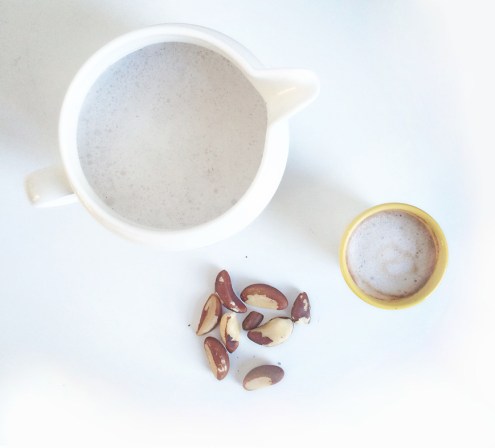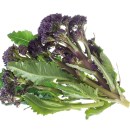5 ways to treat endometriosis with food
Henrietta Norton, author and leading expert on women’s wellbeing, helps us find the best ways to nourish ourselves to combat disorders of the reproductive tract

5 minute read
Endometriosis and adenomyosis are complex disorders of the female reproductive tract whereby cells, similar to those found in the lining of the womb, are found elsewhere in the body. However, they develop differently and can have varying symptoms: In adenomyosis, rogue cells grow within the wall of the uterus; in endometriosis they grow outside the uterus. Endometriosis is more common in adolescents and women of reproductive age and adenomyosis in women who have had more than one child. You can have one or both of these disorders and, in fact, 42.3 per cent of women with endometriosis have a dual diagnosis.
You can help yourself
Endometriosis and adenomyosis are both progressive and oestrogen-dependent, influenced by the fluctuation in hormones during the menstrual cycle, which stimulates these cells to grow, then break down and bleed as they would in the lining of the womb, leading to inflammation and pain. Studies demonstrate that nutritional therapy is an effective approach to both conditions – in fact, research shows that it can be more effective at obtaining relief of pain and improving quality of life than medical hormonal treatment after surgery for endometriosis.
Nutrient deficiencies occur if you are not having enough food or having too much of the wrong food. You may be eating well, but not well enough to provide the specific nutrients you need to heal from a specific condition. Some gentle changes can help you make strides in your experience of endometriosis.
Henrietta Norton is a nutritional therapist, women’s wellbeing writer and co-founder of food-grown supplements brand Wild Nutrition.
Lifestyle support
Consider these tweaks to help your body deal with the symptoms of endometriosis and adenomyosis:
Eat colour: Women who ate green vegetables 13 times or more a week (roughly twice a day) were 70 per cent less likely to have endometriosis. Carotenoid-rich foods, especially citrus fruits, also positively affected symptoms. Use smoothies, juices and soups to nourish.
Befriend your gut: Beneficial gut bacteria can reduce production of betaglucuronidase, an enzyme that remakes oestrogen in the gut and can contribute to its dominance. Add natural, organic yogurt to your diet, either on its own or in dressings and sauces. Fermented foods, such as sauerkraut and kefir, are excellent sources of beneficial bacteria, or take a probiotic supplement (minimum 10 billion CFU, or colony forming units).
Keep up your minerals: Zinc and magnesium are used up in states of physical imbalance. Women can lose up to half their supply of magnesium during menstruation. Women with endometriosis often suffer from heavy bleeding, which reduces their iron stores.
Be conscious of intimate products: Tampons use bleached paper products that contain dioxins, proven to have an adverse effect on the hormonal system.
Rethink gluten: Research that categorises endometriosis as an autoimmune condition documents an improved response in those following a gluten-free diet. Three quarters of women on a gluten-free diet for a year reported a significant decrease in symptoms.
Image: Getty








